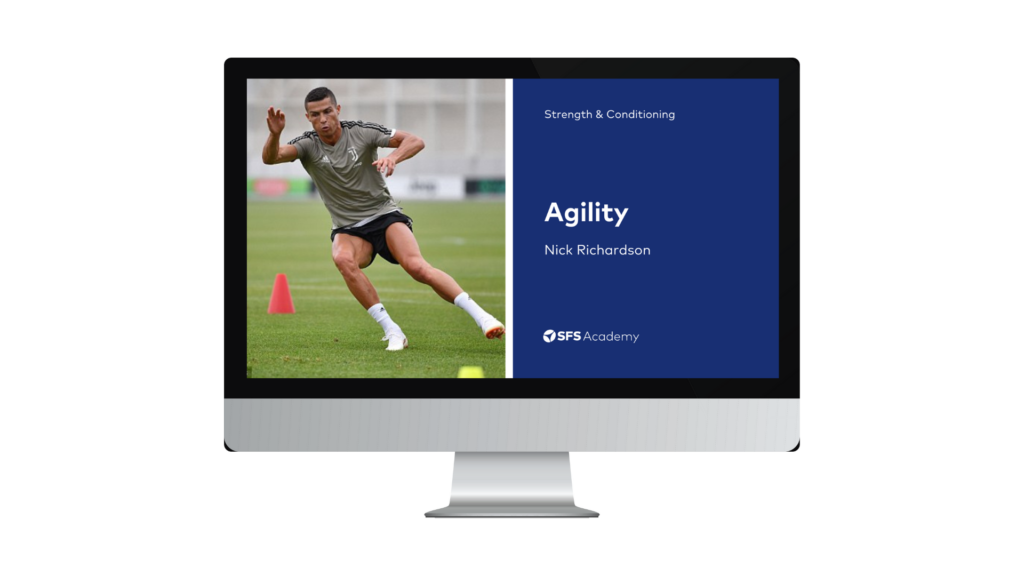About this Episode
In episode 147, Greg Haff, Professor at Edith Cowan University, joins us.
Specifically Greg will be looking at:
- Physiological advantages of cluster sets
- Disadvantages in using cluster sets
- What ascending cluster sets are
- Case study: How to use cluster sets to improve performance
Do you want to maximise your gym results while reducing fatigue costs? If this sounds attractive, you’ll need to understand how to use cluster sets to maximise power, hypertrophy, and strength.
In order to get this imperative information from the source, we invited world-renowned coach and author Greg Haff to episode 147 of the Science for Sport Podcast.
Haff is a Professor of Exercise Science at Edith Cowan University, as well as a Strength and Conditioning coach. Over the last 40 years in the strength training world, he has built up a serious CV which includes time as the President of the National Strength and Conditioning Association (NSCA).
In recent years Haff has produced tonnes of great research in the field of strength and conditioning, including how you can use cluster sets to maximise performance and the physiology which underpins their effectiveness.

But before we delve into the physiological depths which sound so interesting, it’s important to define what cluster sets are.
“Custer sets are where we intersperse brief rest intervals and in-between either individual repetitions or groups of repetitions,” Haff said.
This basically means just splitting regular ‘straight’ sets up, by pausing and re-racking the weight. But why is this important? Well, it turns out, that the small rest allows you to do more total work.
“It allows us to accomplish more work so we can lift a heavier thing more frequently,” Haff said.
As I’m sure you’re aware, lifting heavy stuff more frequently leads to improvements in strength and muscle mass.
“If we look across the literature, if you can lift heavier things, you get stronger. If you can lift heavier things more frequently, you can build more muscle mass. So we can manipulate the set structure to change the physiological adaptation and the performance outcome,” Haff said.
Next to this, the short break and partial recovery allows more repetitions to be performed at higher bar speeds.
“I really think where cluster sets are powerful is that they allow you to maintain movement velocity and the rate of force development,” Haff said.
Of course, rate of force development is an important variable for many athletes, as producing a tonne of force in a split second could mean the difference between a nice shiny gold medal, or no medal at all. So being able to train your rate of force development at no extra cost could mean that you can work more specifically for your given sport.
Sounds good right? But increased power, strength, and muscle mass are not the only benefits. You might also be able to improve the technical aspects of a lift.
Performing lifts with less fatigue means that the exercise technique is less likely to deteriorate, as seen when performing sets to failure. But not only this, when coaches program cluster sets they may be able to give technical cues between repetitions, which could provide an improved learning effect.
“It’s a sneaky tool because we can also use it to teach people lifting technique by giving them a short rest and interspersing some instruction with novices,” Haff said.
Improved technique, strength, and hypertrophic responses are all amazing benefits, but, I hear you cry, surely there are some downsides?
Well yes, the big cumbersome elephant in the room (gym) downside is that your sets will take longer. So that means more time spent in the gym, which could be an issue for those on a tight timeframe.

The good news is, however, that if you’re working with a partner, you could easily just switch after the first part of the cluster set. But if we are honest, most people have a few extra seconds spare in order to maximise the effectiveness of their training. Next to the potential time costs, there may be an increased recovery cost if you are using cluster sets to increase training volume.
“There can be a pretty high metabolic cost because you’re lifting more load, you’re doing more volume. So there could be fatigue and you have to account for that a little bit,” Haff said.
This warning is important to heed, as performing cluster sets might feel easy at the time, but without careful monitoring of your training load, you might just be able to perform vastly larger volumes of work than previously possible. This means you will need to plan your training load increases carefully to ensure you don’t get unnecessarily fatigued from the sessions.
So with the advantages and disadvantages clear, how do these cluster sets look in practice? Well, you can take the following as an example:
Instead of doing 3 x 10 reps at 65 %, you may split the sets up to be 3 x (5 + 5) at 65 %, with a twenty-second intra-set pause.
Taking this a step further you may wish to increase the load due to the improved recovery that the cluster allows. This could be 3 x (5 + 5) at 70 %. In this second example, you can see that the clusters have allowed more total load on the bar and therefore more work to be performed.
So there you have it, a sneaky tool to improve power, strength, and hypertrophy, while ensuring lifting technique is always optimal.
If you want to hear the full podcast, including how to use advanced clustering methods, hit the link below to listen to the full podcast.




